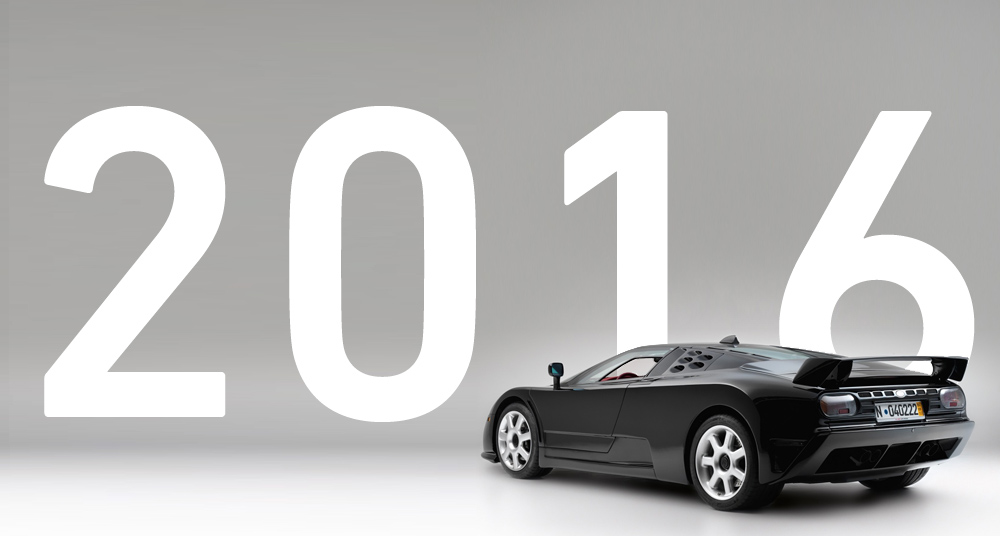
With interest in classic cars showing no signs of slowing, every enthusiast, collector and dealer is trying to anticipate trends and find the next rising star. By consulting 10 of the field’s foremost experts, we’ve removed much of the guesswork – here are the ones to watch in 2016…
We compiled such a list for 2014 and 2015, and not only were they among our best-clicked articles each year, but our experts proved astoundingly accurate. Between them, they predicted the rapid ascent of the current crop of in-vogue classics, such as the Lamborghini Countach, Ferrari Testarossa and BB, the BMW E30 M3, and various Porsche 911 iterations.
But which are the future favourites going forward into 2016? Before we begin, here’s some sage advice from key market influencer, Simon Kidston: “These aren’t investment tips. We’ve all been spoiled for the best part of a decade by a rising market and easy money, which have flattered us into thinking we’re investment geniuses. We’re not, we were just in the right place at the right time. The balance of power has shifted recently from sellers to buyers, although if you own something which is truly exceptional, ‘best of breed’ and unrepeatable, it’s a far more even-handed negotiation than if you want to sell ‘just another’ Gullwing, Carrera RS or F40 – which 99% of cars out there are.” With that in mind, let’s get to it...
The event-eligible 1950s sports car
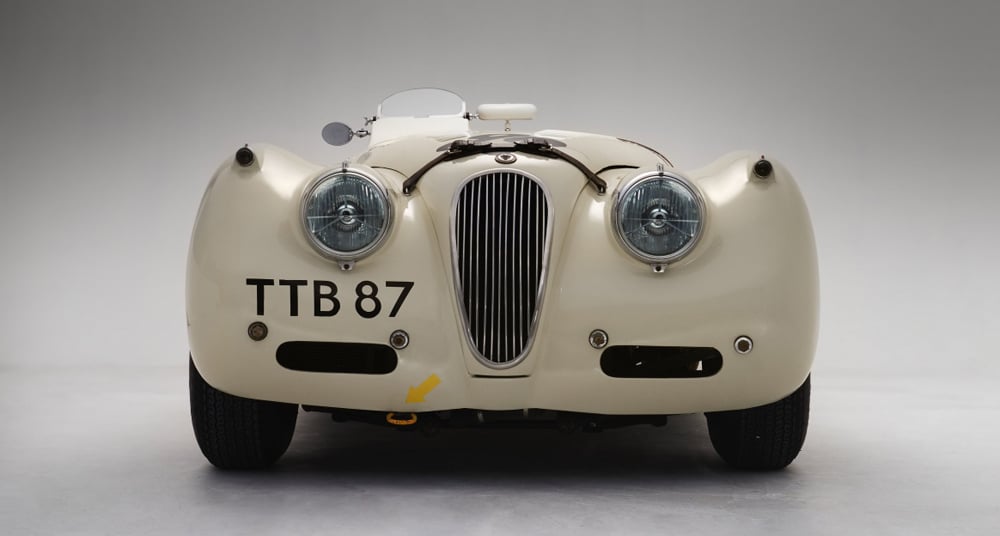
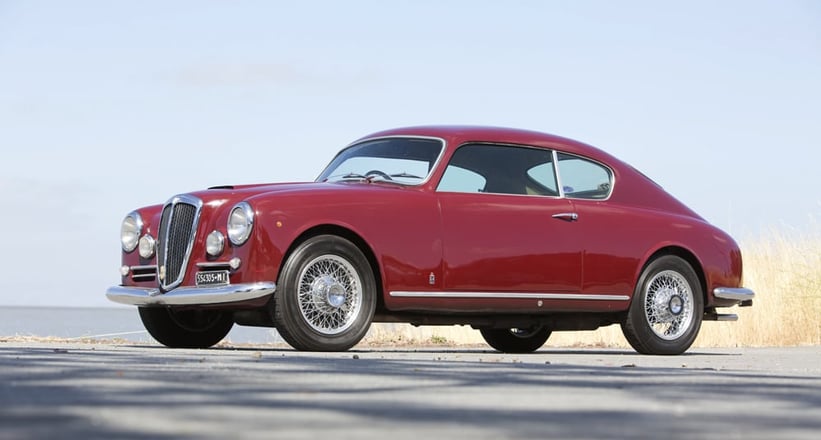
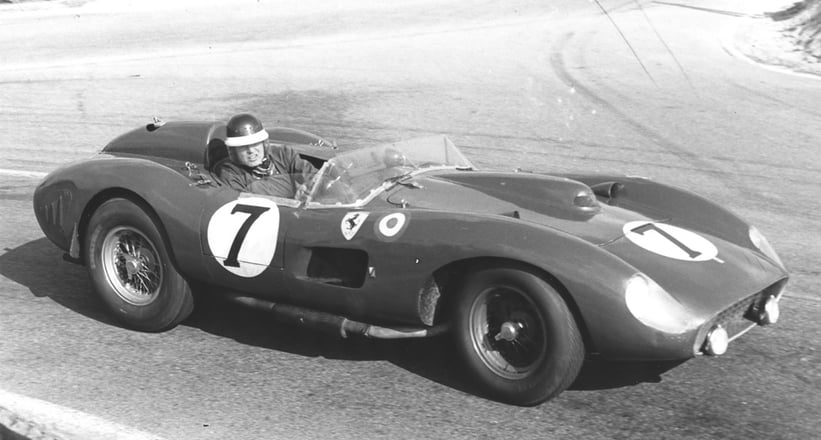
Naturally, the increasing popularity of high-quality events such as the Le Mans Classic, Mille Miglia and Goodwood Revival is driving the demand for eligible sports cars. At the more affordable end of the scale, Rutger Houtkamp of The Houtkamp Collection tips the Jaguar XKs to become more sought-after in the coming year. “We have driven the Mille Miglia five times with a Jaguar XK140 OTS. It’s a superb car with perfect handling, a fantastic sound, and a lot of power. The entire Jaguar XK range is still undervalued and still relatively affordable – but I’m not sure how much longer that’ll last.” Meanwhile, Simon Kidston sees potential in the Lancia Aurelia B20 GT, whether for competition or gentle GT use: “This is history’s original GT car, a Pinin Farina masterpiece, and faster than a contemporary Ferrari on a twisty road. The Spider America version is now comfortably over a million dollars, making the closed coupé good value. It might not appeal to posers, but to drive it’s years ahead of rivals.” Just be sure to research the entry requirements for your chosen event(s).
At the other end of the scale, now seems to be a good time to buy a Ferrari sports-racer (if you’re fortunate enough to have the means), as there are more top-notch examples on the market than we’ve seen in recent years. RM sold a 290 MM late last year for $28m, but we still have Artcurial’s 335 S at Rétromobile and Gooding’s 166 MM/195 S Berlinetta Le Mans at Scottsdale coming up in the next few months.
The lesser-loved Aston Martin
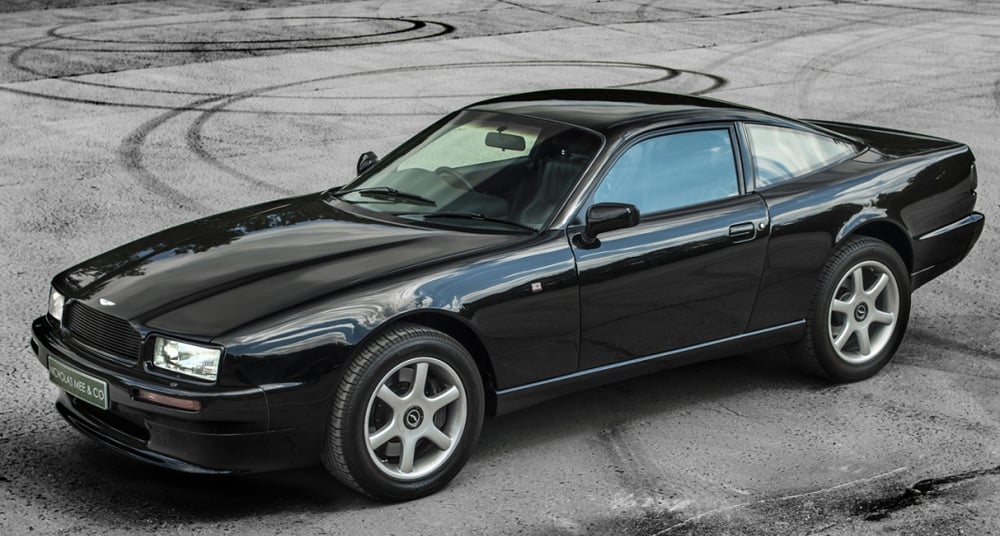
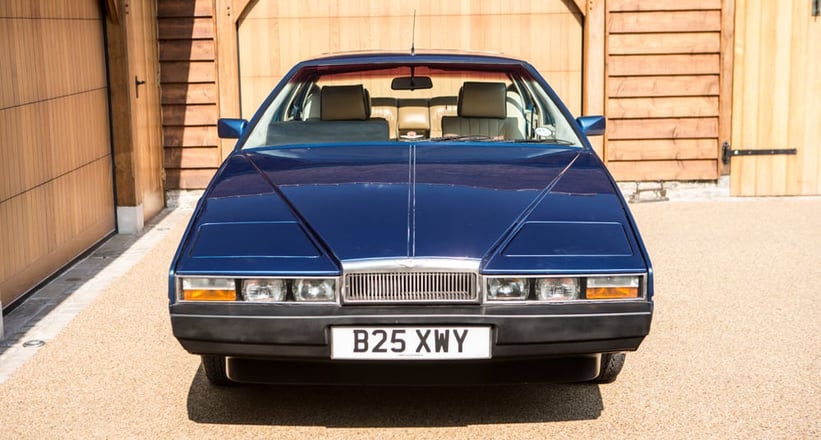
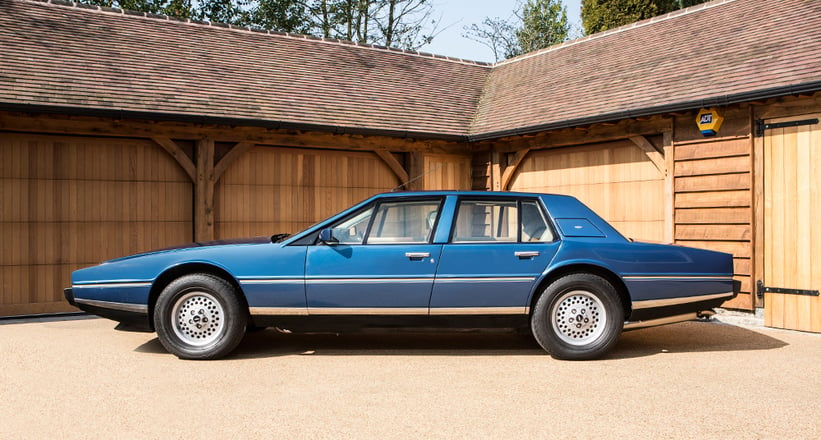
There are certain generations of Astons that are loved a lot less than others, not always with good reason. But, as the saying goes, every dog has its day, and Bonhams auctioneer Jamie Knight sees a bright future for the 1990s Virage: “I know they’re not a Vantage or Vantage Le Mans, but we rang the bell for a fantastic black one at the Aston Martin sale last May. They were hand-built in Newport Pagnell in relatively low numbers – plus they’re the successors to the V8s, which have appreciated greatly in recent years. I think their time is coming.” Kidston, meanwhile, predicts further success for the slow-boiling Lagonda, perhaps the most quintessentially Eighties car you can buy: “I know, don’t laugh, I haven’t moved to Dubai or Moscow: I just think this is a fabulously over-the-top period design statement, a four-door Countach equivalent. And look where values of those have gone. Buy only the best unless you want to be buried in it at the first service.”
The big, brazen Bentley

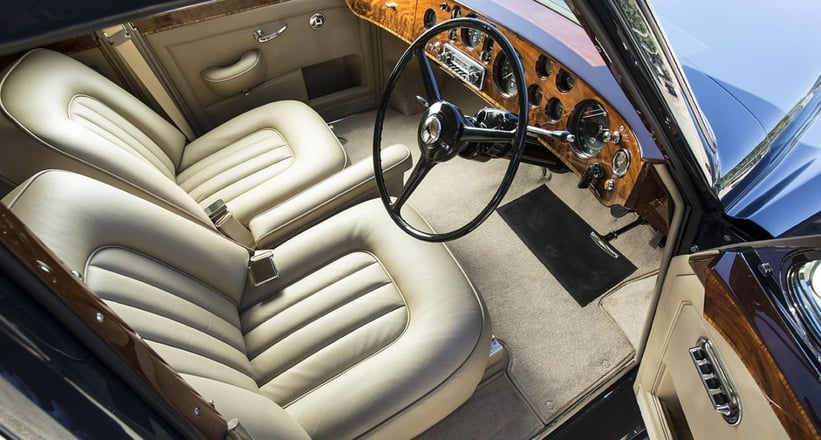
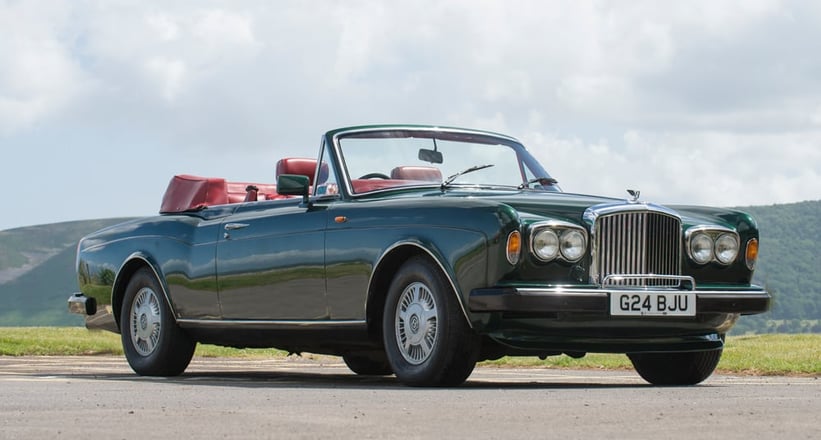
It’ll come as small surprise that Simon Kidston – nephew of ‘Bentley Boy’ Glen – also tips a bevy of Crewe cars to enjoy increased popularity in 2016. “I own a Continental Convertible, and can’t decide whether they’re just second-hand luxury cars or classics – but when I sit behind the wheel and sink my shoes into those lambswool rugs, I ask myself how you can buy so much hand-crafted exclusivity for so little filthy loot. I’d tip this for future classic status. Likewise the Bentley S1/2/3 Continental Flying Spurs. Everything I’ve ever learned tells me not to want one. They’re big, stately, scarily expensive to restore, and politically very incorrect. Maybe it’s an age thing. But I increasingly find this a refined, elegant and fun car for the family – although I seem to have been outvoted on that last point.”
The special-edition Defender
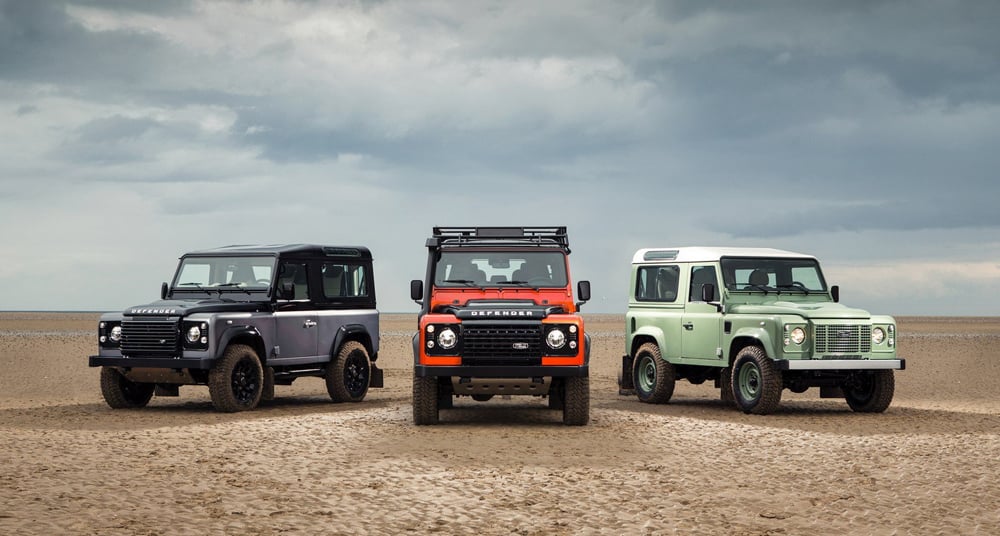
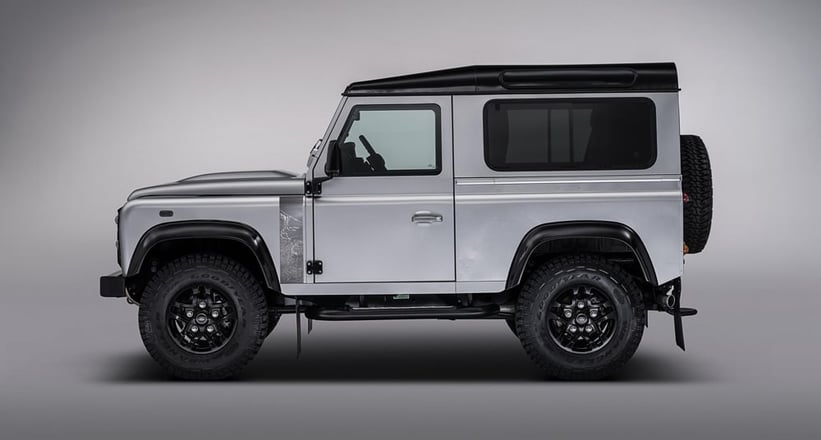

We’re unlikely to see another Defender sell for £400,000 any time soon, but with production of a car still in high demand coming to a close imminently, we could see a further surge in interest for Land Rover’s old-age pensioner. “There are many highly collectable variants in Europe – LXV,Heritage, Autobiography, Adventure, the two-millionth car, and no doubt a few more will be made before production ends,” says Stu Carpenter of Copley Motorcars in Massachusetts. “Over here in the States, though, the last officially imported Defender was in 1997, and there is no way to legally import a new one. As such, there is a finite number on these shores, so I think the romance of them going out of production will make each one more collectable in its own right.” Well, as we all know: if there’s one thing you can rely on, it’s a Defender… whether you’re in Europe, the U.S.A., or the Australian Outback.
The true road-going race car
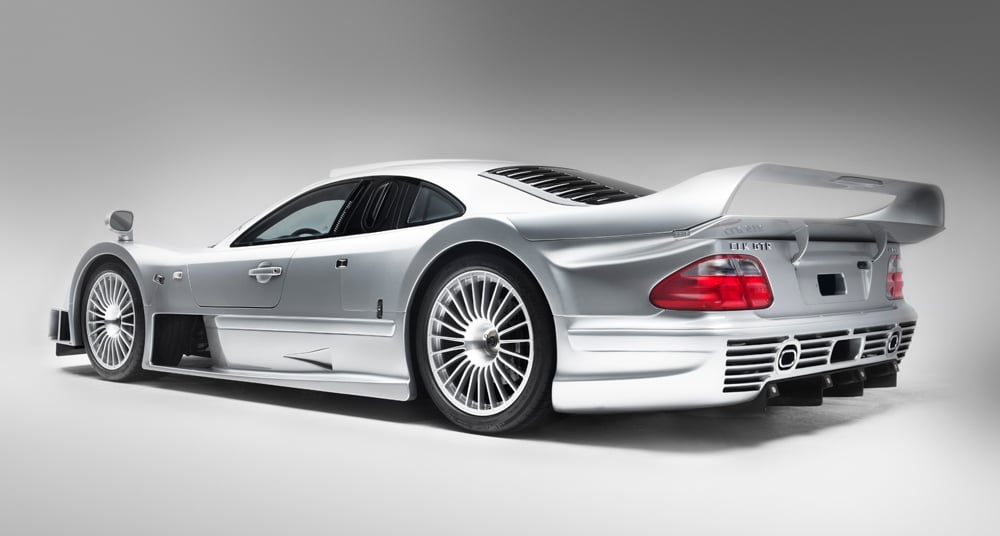
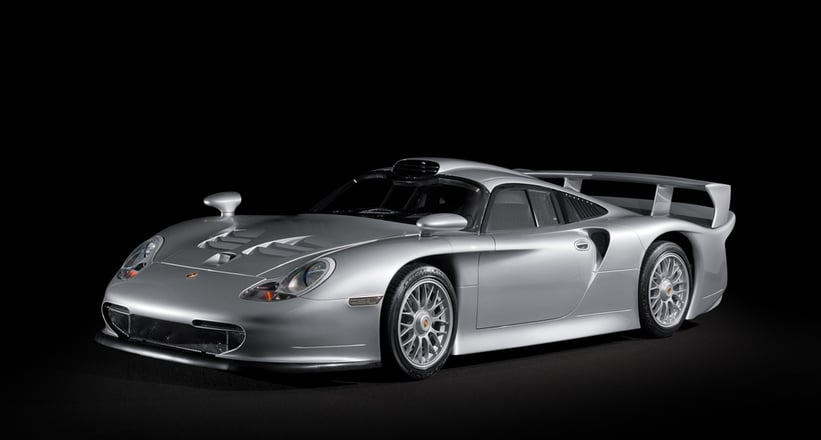
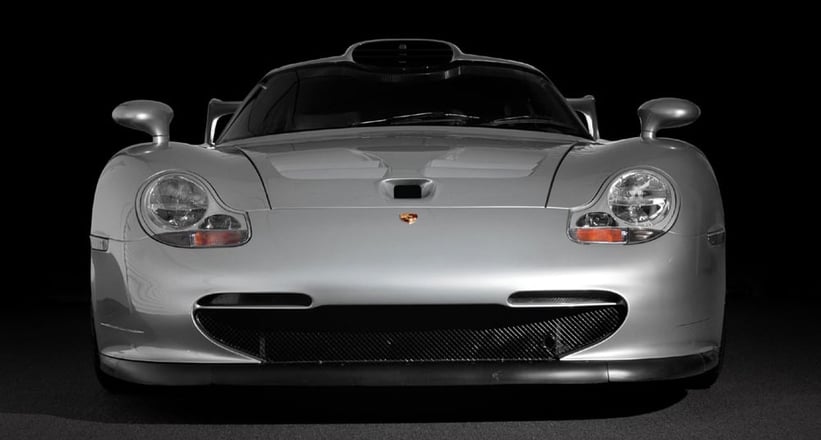
The phrase ‘race car for the road’ is one of the most tiresome, overused expressions in automotive journalism. However, there are a handful of cars, such as the Mercedes-Benz CLK-GTR and Porsche 911 GT1, that can lay honest claim to such a title, warts and all. As Kidston puts it: “Both have outrageous, ‘look-at-me-I'm-8-years-old’ styling, no space for you or your luggage, no visibility, evil racing gearboxes unsuited to the road, and they aren’t even that fast compared to modern supercars. But the race versions they served to homologate did well at Le Mans – they flew… literally – and they’re rare as hen’s teeth. ‘Never driven, always for sale’ should tell you something, but think long term.” DK Engineering’s James Cottingham echoes his sentiments: “The market is becoming increasingly difficult to predict, but I think 2016 will be the year of the cars that responded to a seemingly impossible challenge – like that posed by the McLaren F1 GTR – and ultimately overcame it. It’s a similar story with Daytonas, 288 GTOs and F40s: they were so far ahead at the time, it took others years to catch up.”
Meanwhile, Manfred Hering of German Porsche specialist Early 911s predicts increased interest in911 Cup cars, in particular the 964 and 993 generations. “Of course, these were built purely for track use, but it’s not too difficult to convert them for occasional road use in most countries – if you think you could handle it, that is. They cost a lot less than Carrera RS models of the same generation, yet they’re 10 times rarer and each will have its very own competition history, rather than merely being linked by association. For me, any serious Porsche collection should include one of these, whether you convert it for occasional road use, or leave as-is.”
The modern Bugatti
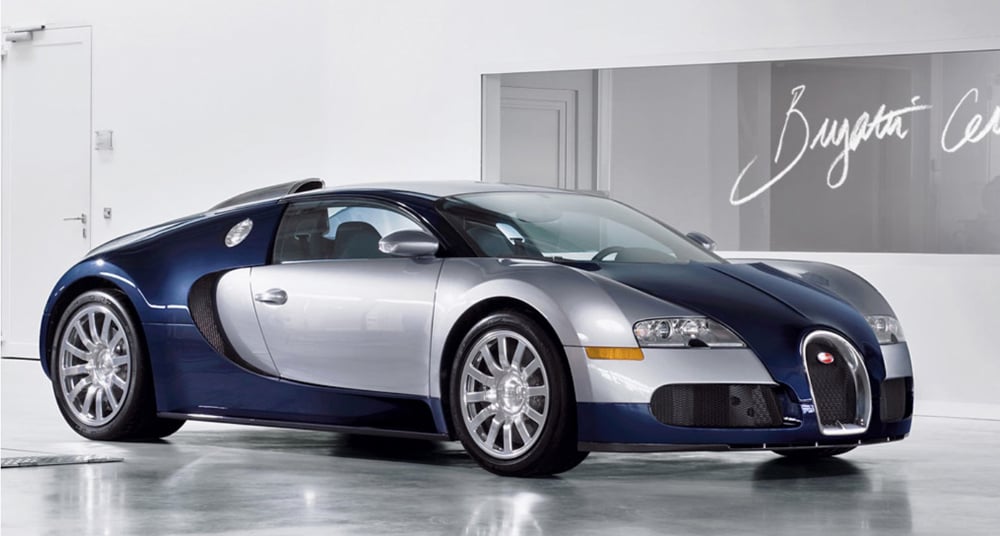
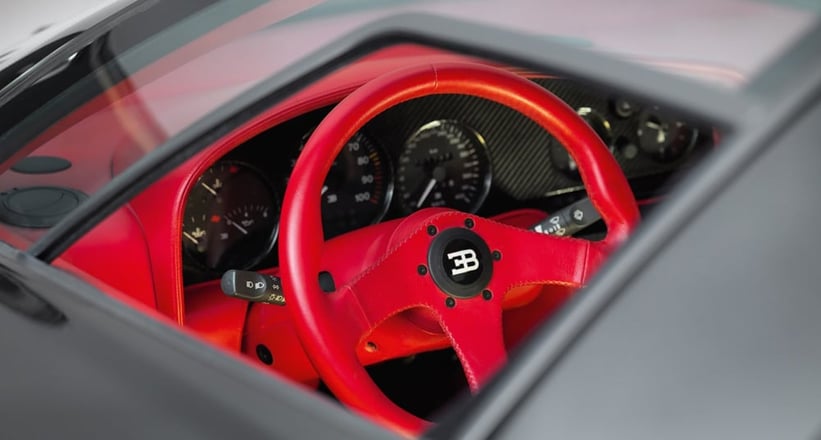
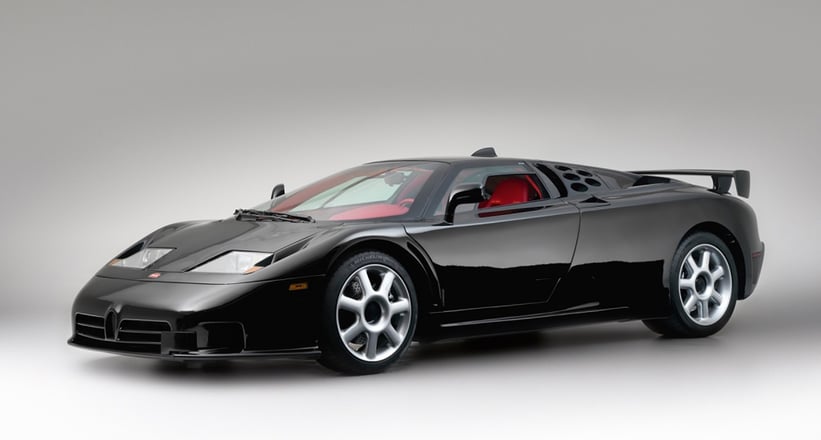
James Cottingham also believes another game-changer, the Bugatti Veyron, is set for a rise in popularity: “Now it’s gone out of production, and its much more expensive successor is imminent, the Veyron will become increasingly attractive to collectors. When it arrived 10 years ago, it set a performance benchmark with which other manufacturers are only just catching up now.” Max Girardo and Simon Kidston both concur, with Simon noting: “There are two schools of thought. One says they aren’t making ’em any more, so prices will rise. Look at its peers, such as the F1, Enzo, etc.: none costs less than it did when new. Contrarians say the Veyron’s replacement will overshadow it. But it also costs double. I’m in the first camp.” Our tip: find a well-maintained ‘standard’ car, rather than the countless, increasingly chintzy special editions. Precedence suggests that, long term, the purest design becomes the most desirable – just look at the Series 1 E-type and ‘Periscopica’ Countach.
Bonhams’ James Knight also has a keen eye on its predecessor, the EB110: “With similar fare becoming ever more collectable, why are these being overlooked? It was the first of the modern breed of Bugatti supercars – and with the new model on the horizon, I think it might be time to look into the modern-era heritage of the marque…”
The low-mileage modern supercar
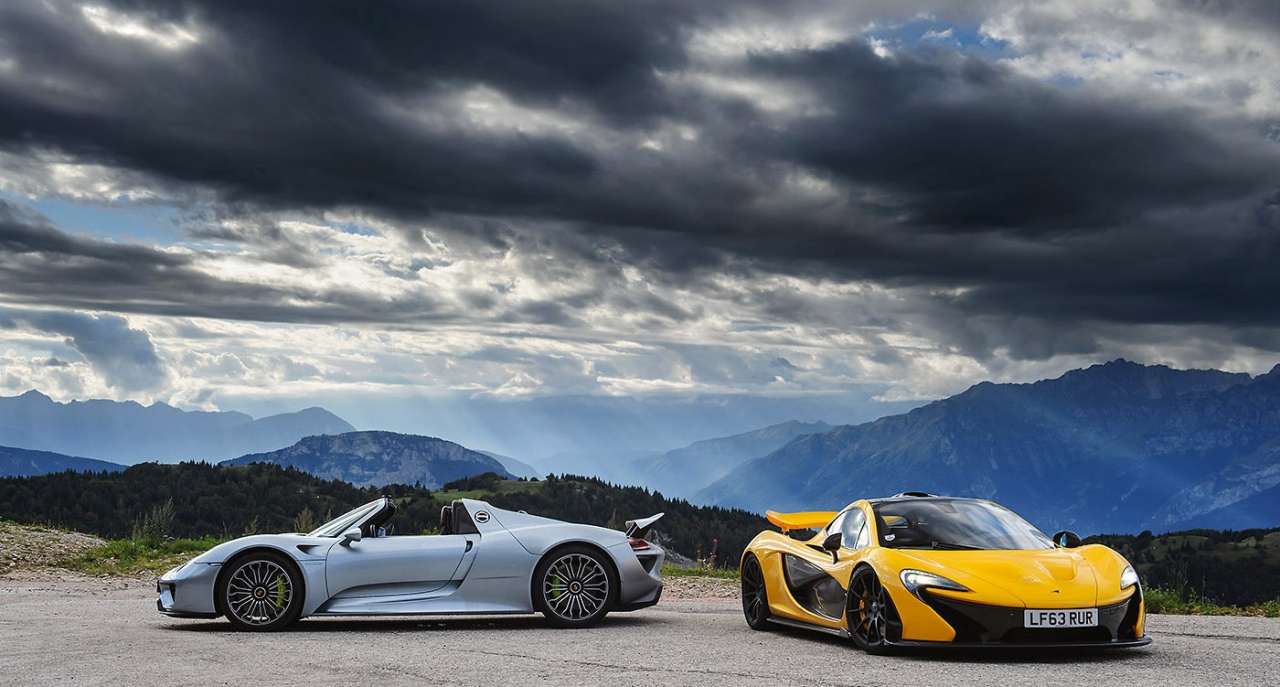
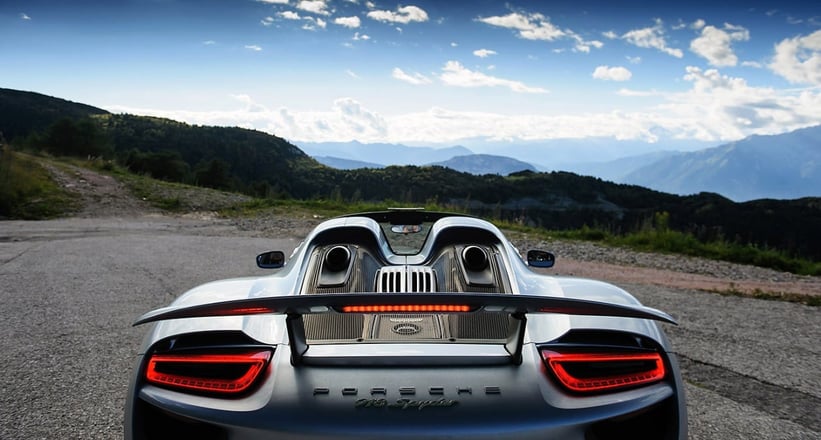
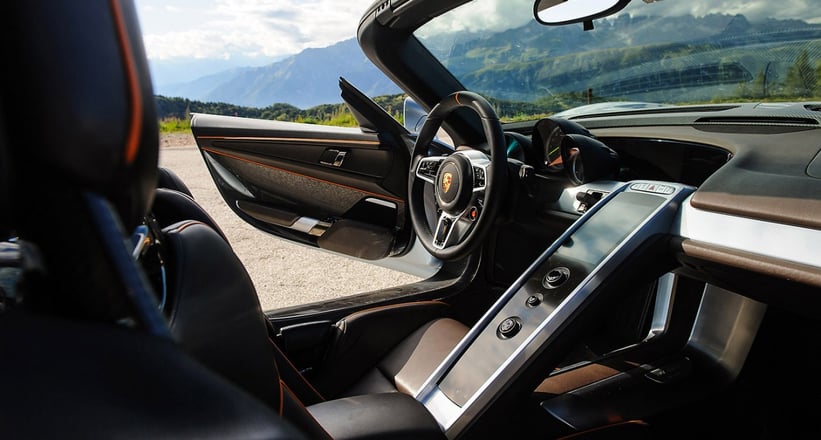
“As younger collectors enter the fold, we are seeing tremendous demand for the most famous and iconic supercars,” states David Brynan, Senior Specialist at Gooding & Company. “Many collectors are looking to build complete sets: Porsche collectors are looking to have a 959, 911 GT1, Carrera GT and 918, and Ferrari collectors want the full range from 288 GTO to LaFerrari. There is also increased interest in cars such as the 360 Challenge Stradale and 911 GT3 RS – cars that offer the look and performance of a true supercar, but are available, often in as-new condition, for a fraction of the price of the closest comparable supercar.”
The Group B homologation hero
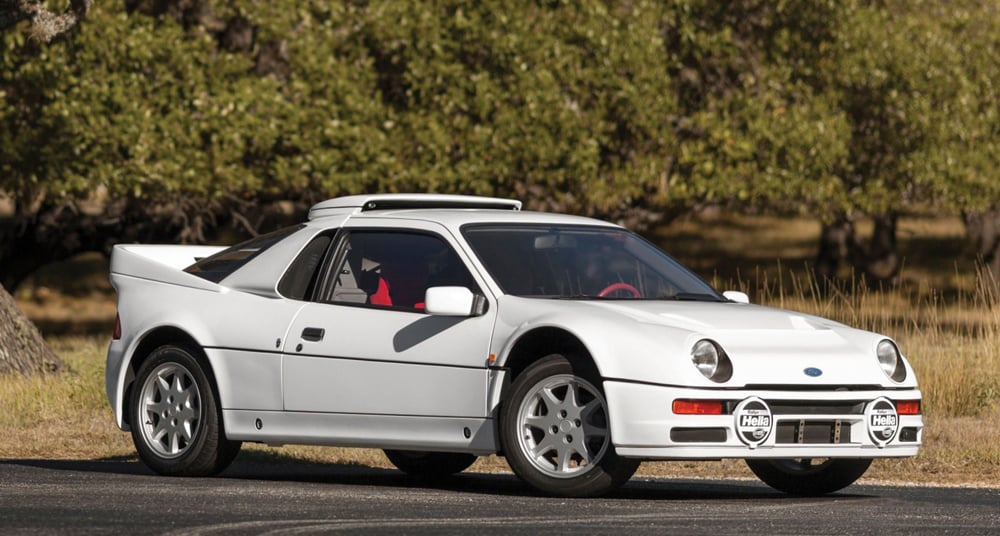
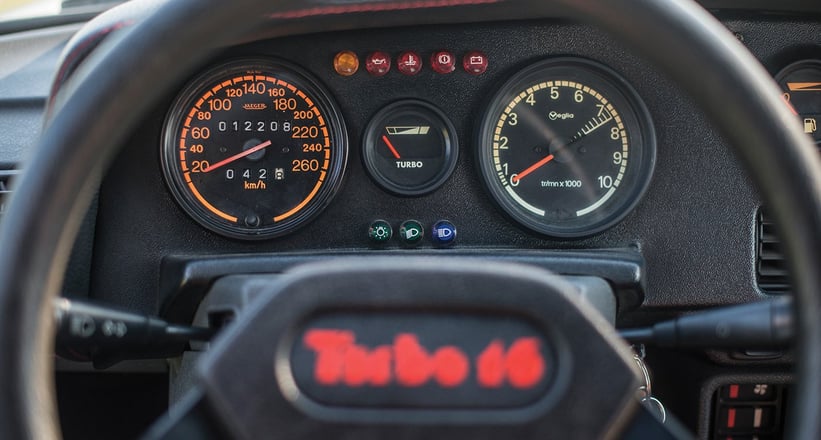
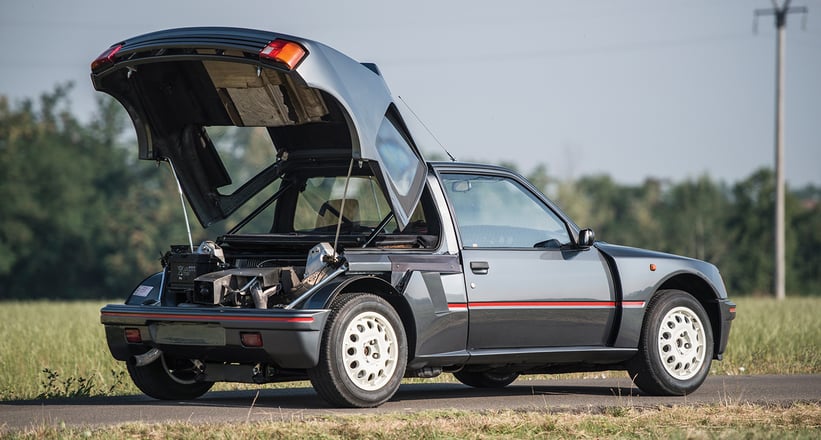
The 1980s supercars have enjoyed a stratospheric rise in popularity in recent years, but Max Girardo of RM Sotheby’s thinks there are still some of the era’s performance powerhouses yet to be properly recognised: “I still think there’s some way to go for Group B cars – in particular the homologated road versions. Take the Ford RS200, for example: in terms of build quality, they were worse than a Ford Mondeo but, having said that, their performance was phenomenal even in road-going spec. Also, they’re from an era that has grown in popularity massively in recent times, and they’re something different and a bit quirky, which seems to be what everyone is looking for these days. Personally, I’d go for a full-fat rally car with history but, overall, the street versions are more accessible to more people – a generation of people that are just now coming into the means to own one of their childhood heroes.”
The Group C legend
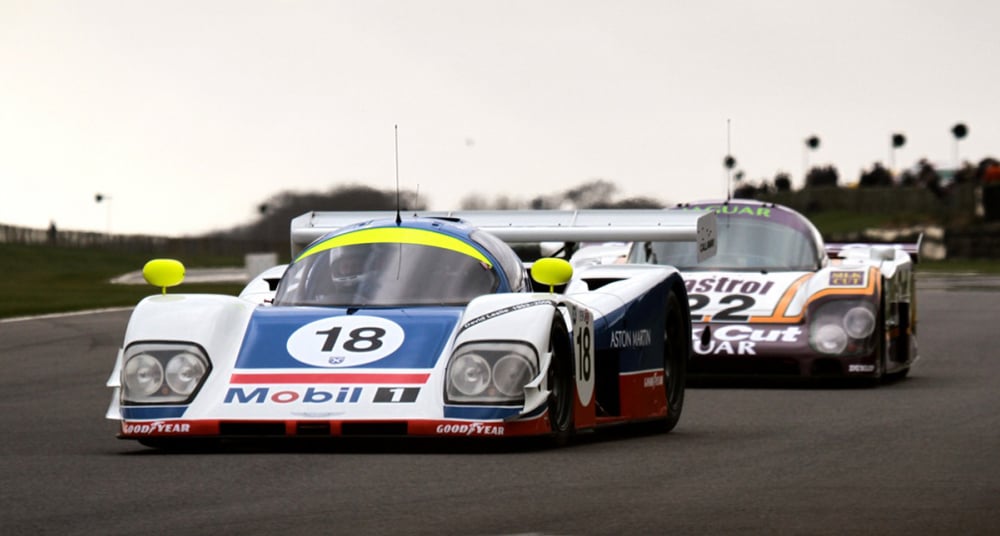
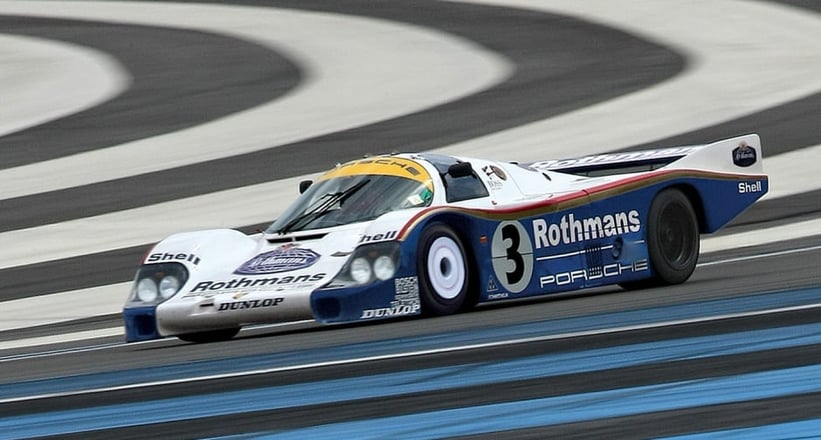
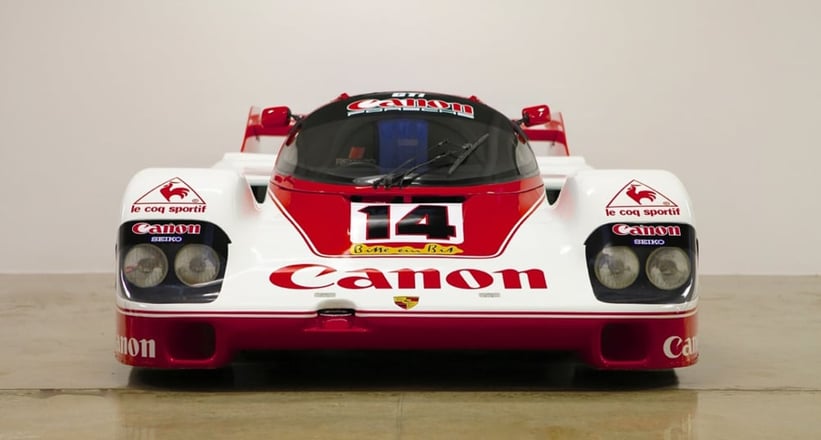
In 2016, Group C cars will finally compete for the first time in a dedicated historic championship, organised by Peter Auto – the team behind the Tour Auto and the Le Mans Classic. Icons from this memorable era of endurance racing, such as Porsche 956/962s, Mercedes C9s/C11s, Silk-Cut liveried Jaguar XJRs and the ultra-noisy Mazda 767, will aim to out-slipstream one another at six international events, including the Le Mans Classic. “From my point of view, the new event series will have a huge impact on the value of any good Group C car,” says high-end competition car specialist, Jan B. Lühn. “My personal choice would be a late-spec Porsche 962, with the fully water-cooled engine and Motronic 1.7 engine management system. This car is a great all-rounder, with a good parts supply and an unbeatable adrenalin rush – plus the potential to seriously challenge for the new historic honours in the right hands.” With this in mind, the $10m paid last year for the 1983 Le Mans-winning Porsche 956 might prove to have been a bargain.
The old-school American muscle
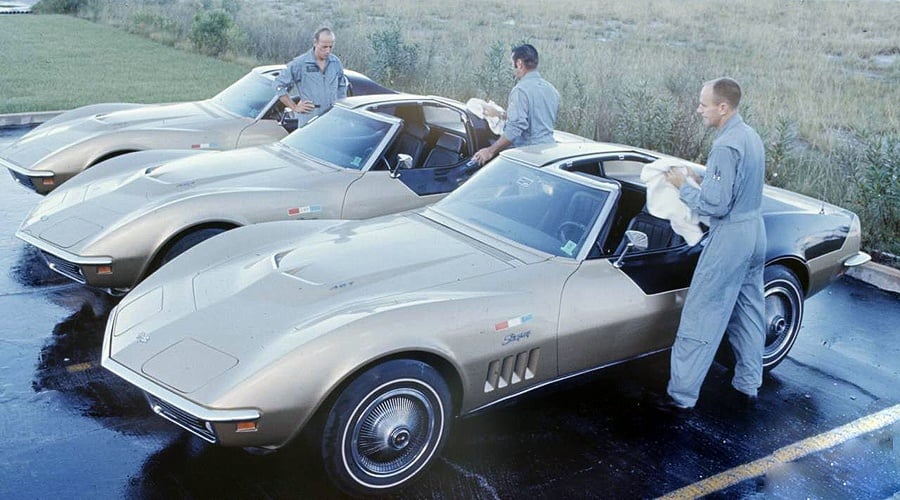
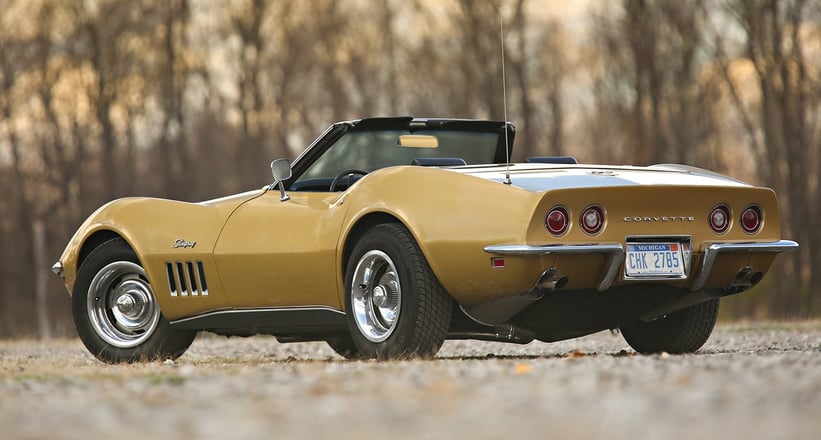
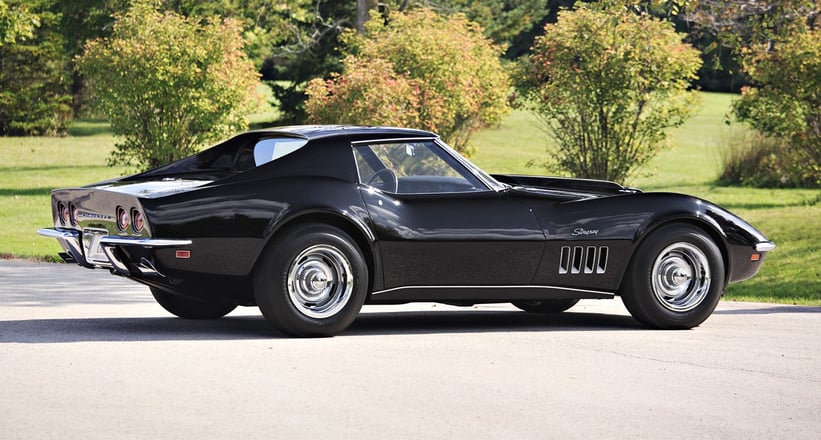
Graeme Hunt, the man we christened ‘London’s most gentlemanly car dealer’, gave us a rather unexpected, but nevertheless interesting choice. “Let’s get down to the brass roots of our passion, and delve into what’s good value and affordable in today’s marketplace – the C3 Corvette. Who cares what it’s worth tomorrow? Just listen to the roar of the V8. Spin the wheels in 3rd gear. Watch the astonished faces as you cruise along the King’s Road. It was a car whose Coke-bottle style is pure American Dream, epitomised by the Apollo astronauts who used them to go to work… in space. They were offered with a choice of burbling V8s, a stick shift, side pipes and even the quite ridiculously named ‘gymkhana’ suspension. Straight-line performance was always excellent, as was the noise – even if the handling wasn’t quite comparable to cars wearing a Prancing Horse or Raging Bull on their noses. Matching numbers and a manual ’box, and you’re ready to blast off. Early chrome-bumper cars are best, but even a federalised mid-1970s L48 350 (the weaker option) will hit 100km/h in under 7 seconds. These fabulous-looking cars definitely give you a big bang for your buck.”
Photos: Classic Driver Market / Mathieu Damiens / Bonhams / Gooding / RM Sotheby's / Steve Hall / Bugatti / Land Rover / GM

Aucun commentaire:
Enregistrer un commentaire